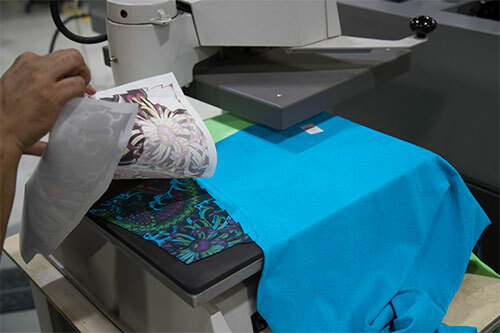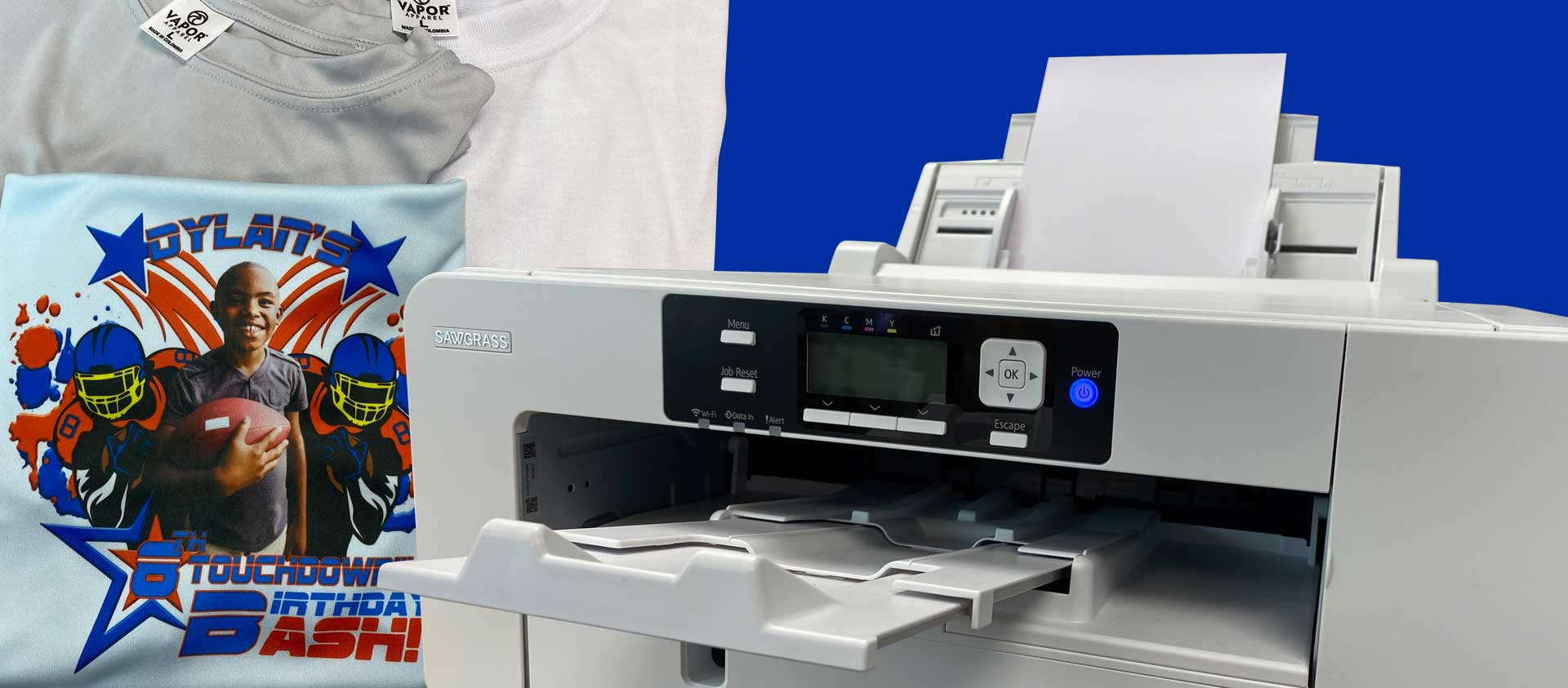The Increase of DTF Printing: Discovering Its Advantages and Applications
The development of Direct to Movie (DTF) printing modern technology is revolutionizing the personalized clothing industry, supplying noteworthy benefits and a vast variety of applications. As the appetite for personalized products proceeds to broaden, recognizing exactly how DTF printing can fulfill these advancing requirements is significantly important.

Recognizing DTF Printing Innovation
Recognizing DTF Printing Innovation notes a considerable innovation in the textile printing sector, specifically for its adaptability and performance. Direct-to-Film (DTF) printing is an innovative process that includes printing layouts onto special transfer films, which are then moved onto fabric utilizing warmth and pressure. Unlike standard approaches, DTF printing does not require pre-treatment of the material, making it possible for a much more structured operations.

When treated, the film is put onto the fabric, and a heat press transfers the design by using regular warmth and stress. This causes vivid, premium prints that adhere effortlessly to different material types, consisting of cotton, polyester, and blends (sublimation printing). The innovation's ability to produce intricate and dazzling designs with marginal arrangement makes it a game-changer in the textile printing arena
Trick Advantages of DTF Printing
One of the key advantages of DTF printing is its phenomenal adaptability, which enables top quality prints on a large range of material kinds. This ability extends past conventional cotton to include polyester, nylon, natural leather, and even combined fabrics, making it ideal for varied textile applications. This versatility decreases the demand for several printing technologies, enhancing production procedures and reducing total expenses.
Another considerable advantage is the premium print high quality that DTF technology provides. By employing lively, resilient inks and specific application methods, DTF prints keep their color fidelity and intensity even after countless laundries. This results in an item that not only looks professional however also stands the examination of time, offering regular value to both end-users and manufacturers.
Moreover, DTF printing supplies a simplified process, which can lead to boosted performance and efficiency. Unlike standard methods such as display printing, DTF does not need intricate configuration or considerable drying out times. This simplicity of use makes it an eye-catching choice for services of all sizes, permitting for quicker turn-around times and the capability to deal with tiny to large manufacturing keeps up minimal headache.
Applications in Custom-made Garments
In the realm of customized apparel, DTF printing stands apart as a game-changing innovation that allows manufacturers and designers to produce bespoke clothing with unrivaled detail and high quality. Direct-to-film (DTF) printing has revolutionized the customized fashion industry by offering flexibility in design, vibrant color reproduction, and longevity. This innovative method permits elaborate designs to be moved onto a wide array of materials without endangering the honesty of the material.
One substantial application of DTF printing is in producing customized tees, hoodies, and sportswear. The capability to print intricate Related Site graphics with fine details and slopes makes it excellent for personalized garments, such as team attires and promotional product. Additionally, DTF printing is specifically beneficial for one-off pieces and limited-run orders, giving a effective and cost-effective service contrasted to conventional display printing methods.
Furthermore, DTF printing has actually opened brand-new opportunities for style designers to experiment with special patterns and appearances, enabling the development of cutting-edge, progressive collections. This innovation additionally supports small companies and independent artists by minimizing the obstacles to entry in the custom-made garments market. Inevitably, DTF printing is reshaping the landscape of customized garments, combining artistic expression with technological improvement.
Convenience Across Different Products
Building on the developments in customized apparel, DTF printing's versatility across various products additionally improves its appeal. Unlike traditional printing techniques, DTF (Direct-to-Film) printing can be applied to a substantial variety of substrates, including cotton, polyester, blends, leather, and even tough surface areas like timber and glass.
The capacity to print on diverse products opens many possibilities for companies across different sectors. In the advertising products market, companies can personalize a wide variety of items, from carry caps and bags to mugs and phone situations, all with the very same printing innovation. In the apparel industry, DTF printing allows developers to try out detailed patterns and vibrant shades on unconventional materials, pressing the boundaries of imagination.
In addition, DTF printing's compatibility with different materials additionally translates to cost-efficiency and lowered waste, as producers can make use of the same devices for numerous applications. This flexibility not just broadens the range of item offerings however also improves operational efficiency.
Future Potential Customers of DTF Printing
As the market progresses, the future prospects of DTF printing are poised to change numerous industries via continuous innovation and technical improvements. The surge sought after for customized garments and Clicking Here advertising goods is driving the requirement for extra reliable, versatile, and economical printing methods. DTF printing, with its capability to create high-quality, resilient prints on a variety of materials, stands at the leading edge of this improvement.
Arising trends indicate that DTF printing will progressively integrate with automation and AI innovations, improving manufacturing rate and minimizing labor prices. Advanced software solutions will certainly further enhance style accuracy, shade matching, and print uniformity, resolving a few of the present limitations. Furthermore, green inks and recyclable transfer movies are anticipated to get grip, straightening with international sustainability objectives.
As research study and development efforts proceed to increase, the scope of DTF printing will likely widen, opening brand-new methods for innovative and commercial applications. In summary, the future of DTF printing is brilliant, encouraging significant innovations and broader market fostering.
Conclusion

Comprehending DTF Printing Innovation notes a substantial innovation in the textile printing sector, specifically for its versatility and efficiency. Direct-to-Film (DTF) printing is an innovative process that includes printing styles onto special transfer films, which are then transferred onto fabric making use of heat and pressure. DTF printing is specifically useful for limited-run orders and one-off pieces, offering a effective and cost-efficient solution contrasted to standard screen printing methods.
Unlike traditional printing approaches, DTF (Direct-to-Film) printing can be used to a substantial variety of substratums, consisting of cotton, polyester, blends, leather, and even hard surface areas like timber and glass.DTF printing modern technology is revolutionizing the custom garments sector by supplying effective, cost-effective, and functional options for producing vibrant layouts on various textiles without pre-treatment.